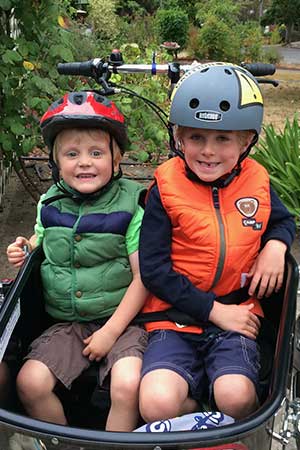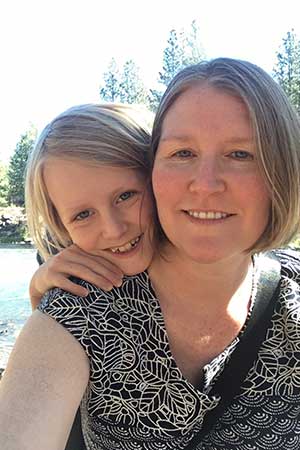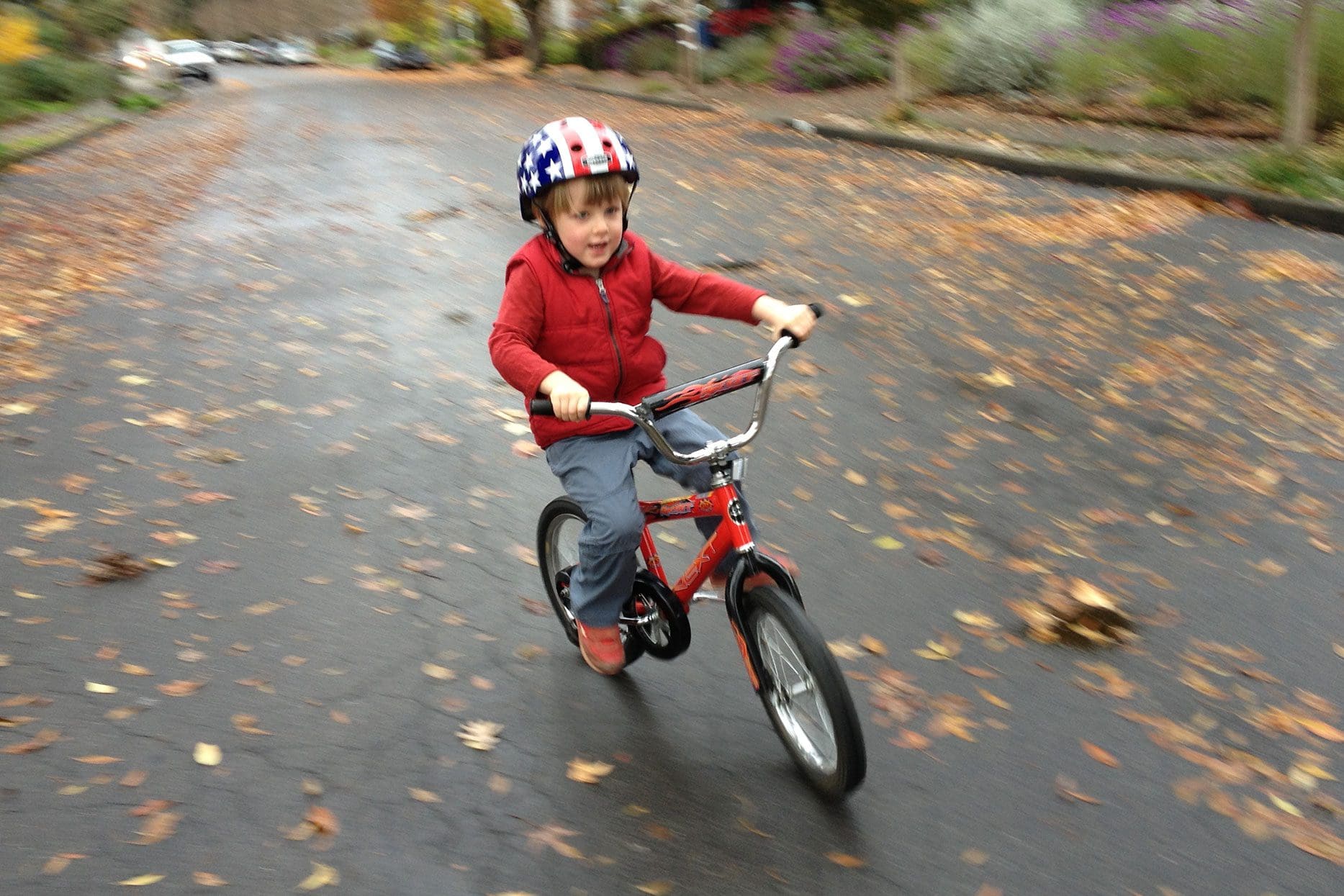How Does the Southeast Greenway Fit In?
In last month’s newsletter, my fellow SE Greenway advocate, Philip Frankl, wrote that the Greenway could help improve “human habitat by providing places to recreate, play and relax. Public green spaces can, when managed appropriately, provide a refuge from the rigors of our daily lives”.
Speaking as a mother who has raised two sons in the Montgomery Village area, I believe the Greenway will prove positively transformational for families, allowing us to convert portions of our days that are currently stressful and unpleasant into moments of joy, connection, and health.
 Twice a day, every school day, thousands of cars in our area creep through slow-moving traffic and then idle in long lines that spill into the streets as they drop off and pick up kids from school. These to-and-from school commutes are rarely the highlight of anyone’s day. Kids, strapped into car seats for safety, must fight their natural exuberance. If they squirm or get too noisy, they are often reprimanded by stressed-out parents, or given a device to keep them quiet. Drivers, navigating through a flow of young children, school buses, and cars, rightly devote their entire attention to avoiding an accident. This means they can’t attend to or fully enjoy the company of their own children. And everyone loading and unloading is breathing car exhaust.
Twice a day, every school day, thousands of cars in our area creep through slow-moving traffic and then idle in long lines that spill into the streets as they drop off and pick up kids from school. These to-and-from school commutes are rarely the highlight of anyone’s day. Kids, strapped into car seats for safety, must fight their natural exuberance. If they squirm or get too noisy, they are often reprimanded by stressed-out parents, or given a device to keep them quiet. Drivers, navigating through a flow of young children, school buses, and cars, rightly devote their entire attention to avoiding an accident. This means they can’t attend to or fully enjoy the company of their own children. And everyone loading and unloading is breathing car exhaust.
It doesn’t have to be like this. Research has shown just how much we benefit when young people walk and ride to school. Families get exercise without even noticing it. Kids arrive at school with their blood flowing and their minds awake. And they use the time walking or biking home to decompress, process, and relax after a hard day of concentrating. They stop and chat with neighbors and friends along the way, increasing a sense of belonging, trust, and safety in our communities.
And there is another important benefit to active school commutes: it helps protect our kids from worsening climate disruption. Our best science shows that if we continue burning fossil fuels at our current rates, we are consigning our children to futures on a hostile planet. Luckily, climate change is not all-or-nothing. Every bit we do to lower our emissions today helps bend the curve toward a more stable, human-friendly climate for our children and, one day, their children.
One of the largest barriers to getting more kids “walking and rolling” to school is the lack of adequate transportation infrastructure. Parents just don’t feel safe or empowered to get their kids to school without a car. The Greenway can help change this. When complete, the Greenway will serve as a critical and beautiful link in a network of safe routes to neighborhood schools (as well as routes to grocery stores, parks, places of worship and more).
For my family and families like ours, the Greenway will be more than a place for occasional recreation. It will be a daily part of our active, vibrant, community-centered lives.
 Alexa Forrester is a mother, environmental educator, cyclist, and concerned citizen. She teaches philosophy at Santa Rosa Junior College.
Alexa Forrester is a mother, environmental educator, cyclist, and concerned citizen. She teaches philosophy at Santa Rosa Junior College.

